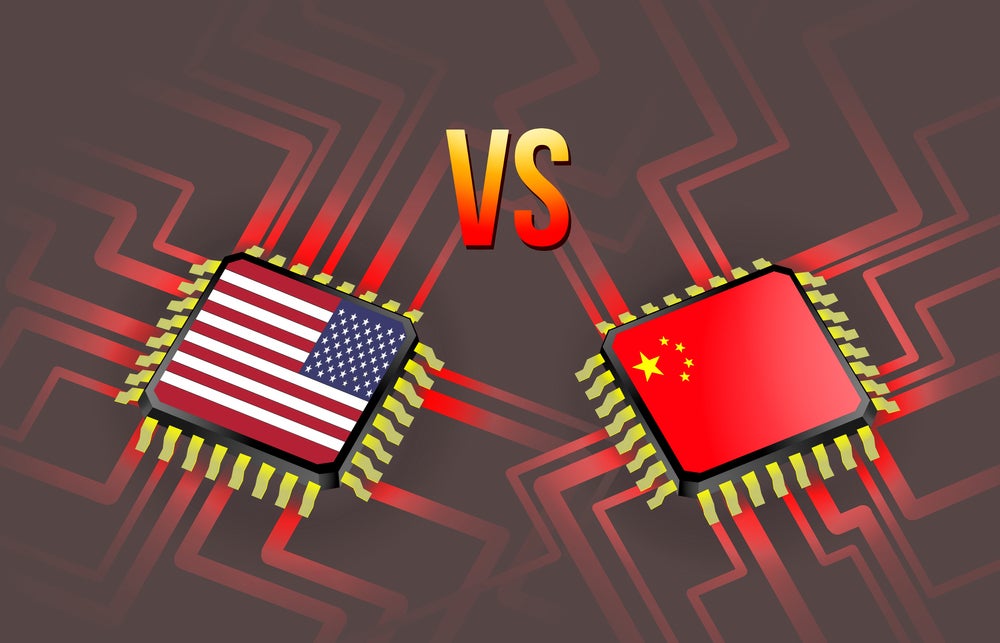The Covid-19 pandemic has necessitated new edtech approaches to education. Schools, higher educational institutions, businesses, and lifelong learners have been severely limited to meet in indoor spaces. Edtech has helped re-establish the connection between teachers, lecturers, and their students through greater adoption of hardware, software, and services.
Listed below are the key technology trends impacting the edtech theme, as identified by GlobalData.
Coordinating artificial intelligence (AI) development
AI is the hottest trend in the edtech market, with both teachers and students benefiting from it. Teachers use it to automate the grading of multiple-choice and fill-in-the-blank questions. Students can get help from AI tutors when teachers are too busy to take care of everyone. In addition, schools use AI systems to monitor student progress and alert teachers when there might be an issue.
AI is also a necessary defensive measure in cybersecurity, with educational organisations now being targeted by hackers. The focus on AI within education has prompted Jisc, a UK not-for profit organisation that supports higher education institutions, to launch a national AI centre to coordinate AI development in education.
Learning from data
Without their usual face-to-face interactions during the pandemic, teachers and lecturers have had to rely on data to identify the performance of students. Feedback and communication tools built into learning management systems coupled with learning analytics allow teachers and lecturers to measure and report student learning and better understand and optimise the impact of that learning.
Blended learning
Blended learning, which combines online educational materials and interaction with traditional classroom methods, will become the new standard across all courses in higher education. Its adoption will also ensure that higher educational institutions are prepared for any potential future disruption.
Blended learning can also deliver the flexibility that students expect today. Blended learning enables students to access materials from anywhere while enjoying the benefits of face-to-face support and instruction.
Software for special educational needs
Distance learning has not worked for everyone. Despite efforts to address the different needs of students during the pandemic, many have struggled to keep up. A February 2021 report by the UK’s Chartered College of Teaching found that 66% of special educational needs and disability (SEND) students had not engaged with online learning since classrooms closed in March 2020. Some of the key issues for respondents were lack of routine and the need to self-organise and self-motivate.
The report also highlighted a lack of access to external services such as speech and language therapy. Teachers’ inability to sit close to children to support them with their work presented additional difficulties. This put SEND pupils at a disadvantage during school closures.
Policymakers working with technology providers on distance learning for schools, colleges, and universities must ensure that bespoke software platforms are available to SEND learners to reintegrate this group with class lessons.
Online safety
The transition to remote and online learning has revealed stark vulnerabilities in schools’ cybersecurity strategies. This is especially concerning because schools have become a popular target for cybercriminals. One of the key issues when adopting edtech is the threat of hackers disrupting learning activities by launching cyberattacks.
In the US, publicly disclosed cybersecurity incidents at US schools rose 18% over the past pandemic-affected year. Incidents hit a record number of breaches, ransomware outbreaks, and more, according to a K12 Security Information Exchange report. The group said there were 408 such incidents in 2020, more than two for each school day. According to the UK government, secondary schools and higher educational institutions are much more likely to have identified cybersecurity breaches or attacks in the last 12 months than the typical business.
Cybersecurity learning
Despite the risk of cyberattacks disrupting online learning, edtech has improved the process of learning about cybersecurity. Instructors have used routers and Wi-Fi hotspots to virtualise classes with the help of edtech tools. Browser-based cyber range labs have helped instructors teach the subject from a distance. This has enabled students to get hands-on-keyboard, practical learning around cybersecurity concepts.
Although keeping students focused during remote learning can be challenging, edtech tools often help spark the engagement students need to sustain their attention and interest.
New courses and learning experiences
Covid-19 will have a long-term impact on how higher education lecturers design new lessons and materials. According to the online learning platform Coursera, building a fully online course can take an experienced online instructional designer around six months. There is a possibility that natural sciences and medicine, currently taught mainly in a knowledge-centric and lab-based format, could shift towards more experiential forms of learning using virtual reality (VR) and augmented reality (AR).
Cost-durability in edtech
When schools and higher educational institutions make edtech choices, those new technical infrastructures add cost and value. Such costs include maintaining the technology and ensuring equitable access to it. Support systems, training, upgrades, and new functional requirements (including databases, cloud services, support systems, and apps) only add to the budget. For organisations, being able to manage such costs is critical.
Although long-term projections concerning technologies, finances, and innovations can be difficult to make, sustainability for programmes, hardware, or new processes can be planned, and risk factors analysed.
Online proctoring
With students unable to visit campuses to take exams, universities have turned to online invigilating, or proctoring, solutions to monitor students during an exam. Many systems rely on automated facial recognition or detection, often combined with video monitoring of students’ homes. This led to concerns among students about bias, inaccuracy, and intrusiveness, with a rapid rollout of proctoring in Australia in 2020 leading to student protests.
This is an edited extract from the Edtech – Thematic Research report produced by GlobalData Thematic Research.








